Heartwarming Info About How To Treat Bone Bruising
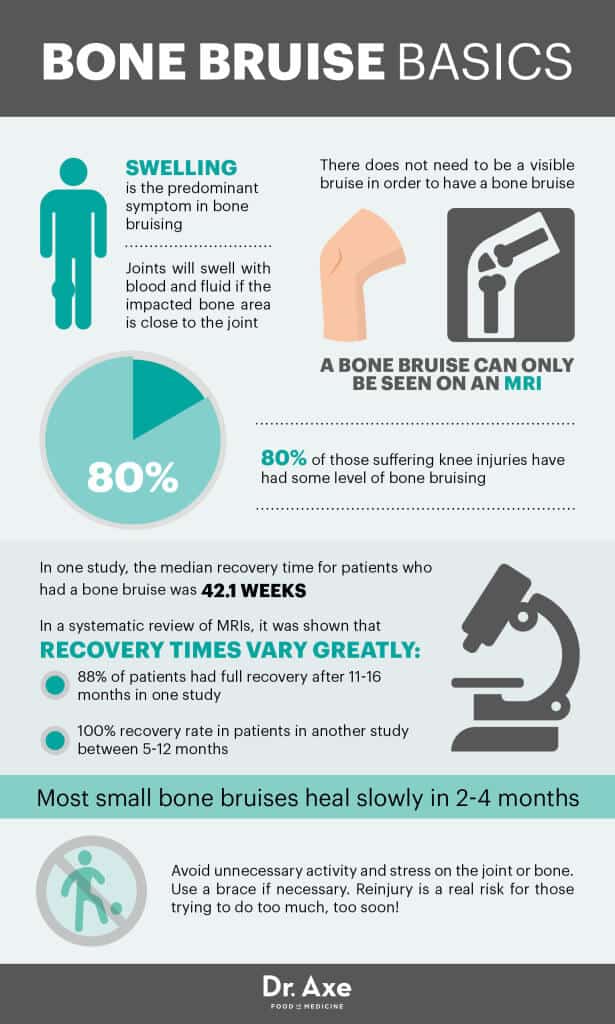
Healing from a bone bruise can take as little as a few weeks or months, depending.
How to treat bone bruising. Visit a provider if you feel bone pain for more than a few days, or if you have other symptoms like swelling, a reduced range of motion or pain when you use a body part. If your foot bone is bruised, and not broken, you will likely be given a rie treatment plan: A bone bruise can be seen only on an mri scan.
Your healthcare provider may treat your bone bruise with rest, ice, pain medicines, and a brace to prevent the bone from moving. But it can be diagnosed and treated without an mri scan. A bone bruise is a traumatic injury to a bone.
Apply an ice pack wrapped in a thin towel. If the bruised area is swelling, put an elastic bandage around it, but not too tight. More serious fractures typically have more obvious and severe symptoms and are less likely to be confused with a bone bruise.
Most typical bruises don’t need to be diagnosed and treated by a provider, but bone bruises do. Treatment of a bone bruise can be conducted at home and normally includes resting the injured area as well as using ice and compression. How to treat a bone bruise.
Treatment a bone bruise can be excruciatingly painful, severely limit movements, and take months to heal. While a bone bruise is less severe than a bone fracture, it’s still painful. Treatment for a bone bruise may include:
Treatment of bone bruising: Taking medicine to reduce pain and swelling wearing a brace or other device to limit movement, if needed The pain tends to last longer.
In rare cases, a bone bruise may cause a complication called avascular necrosis. This will squeeze the tissues and help prevent blood vessels from leaking. If you have a bone bruise, your doctor may suggest:
Bone bruises can have similar symptoms to a broken bone or sprained joint. You might think of a black and blue mark on your skin when you hear the word bruise, but bruises can also happen in muscle and bone. This protective surface helps to shield and cushion the underlying bone.
Learn about different types, symptoms, and treatment bone bruises are typically painful and take longer to heal than a skin bruise. The most common areas for bone bruising to occur are the knee and ankle. You might experience swelling or discoloration (commonly referred to as black and blue) because of the blood and fluid that’s built up around the injury.
This article explores how bruises form, how to treat. Leave it in place for 20 minutes.


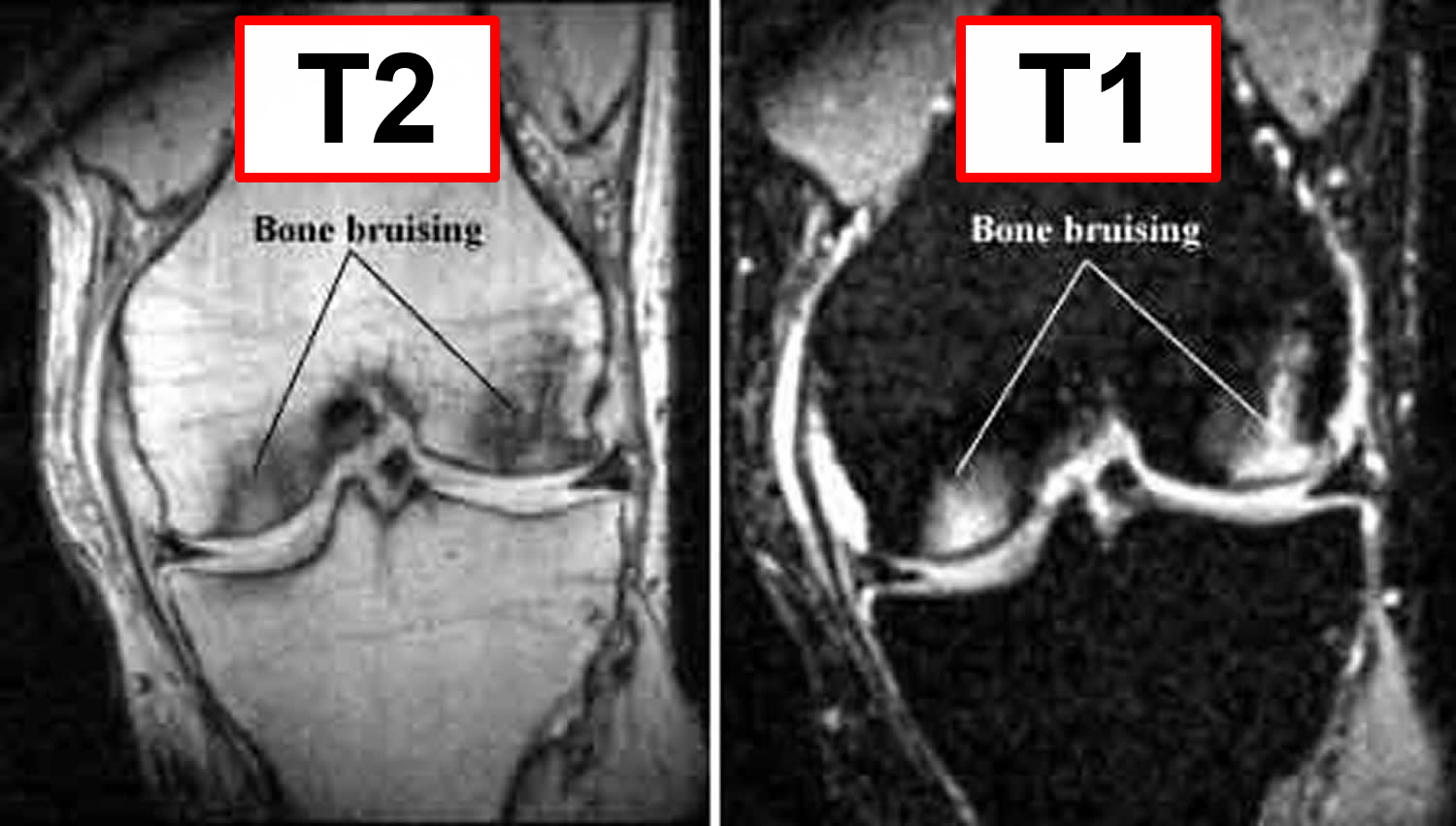
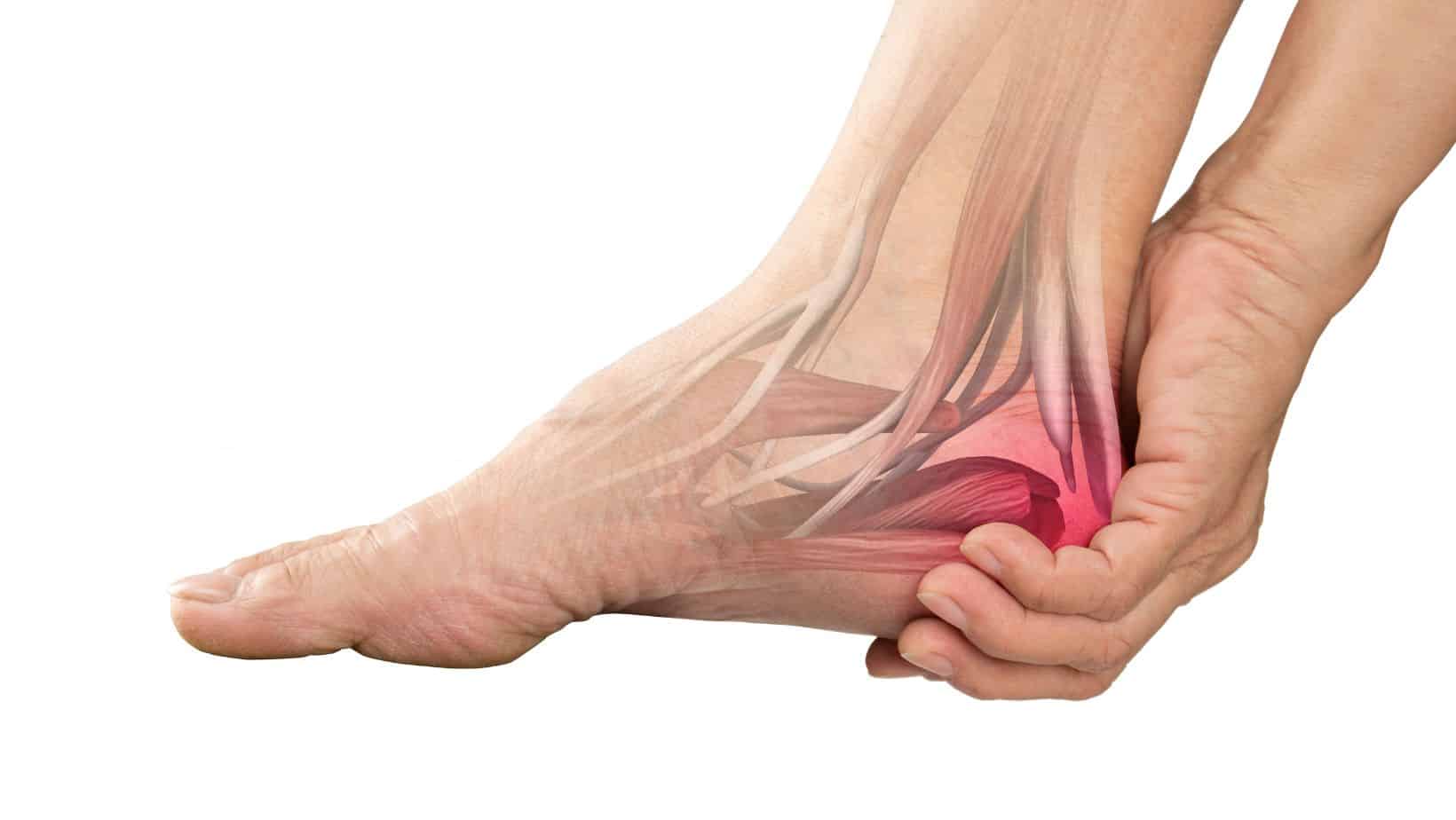

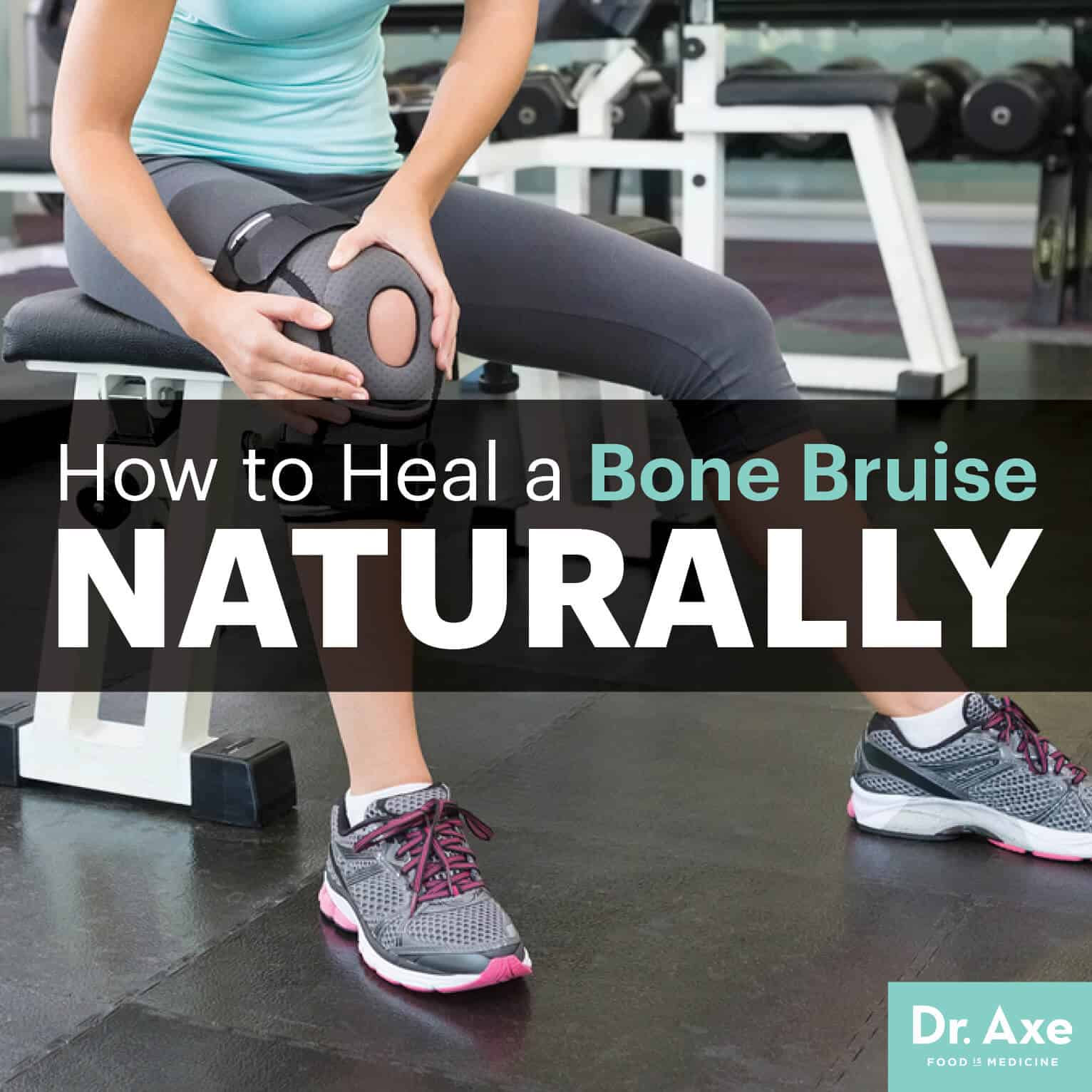

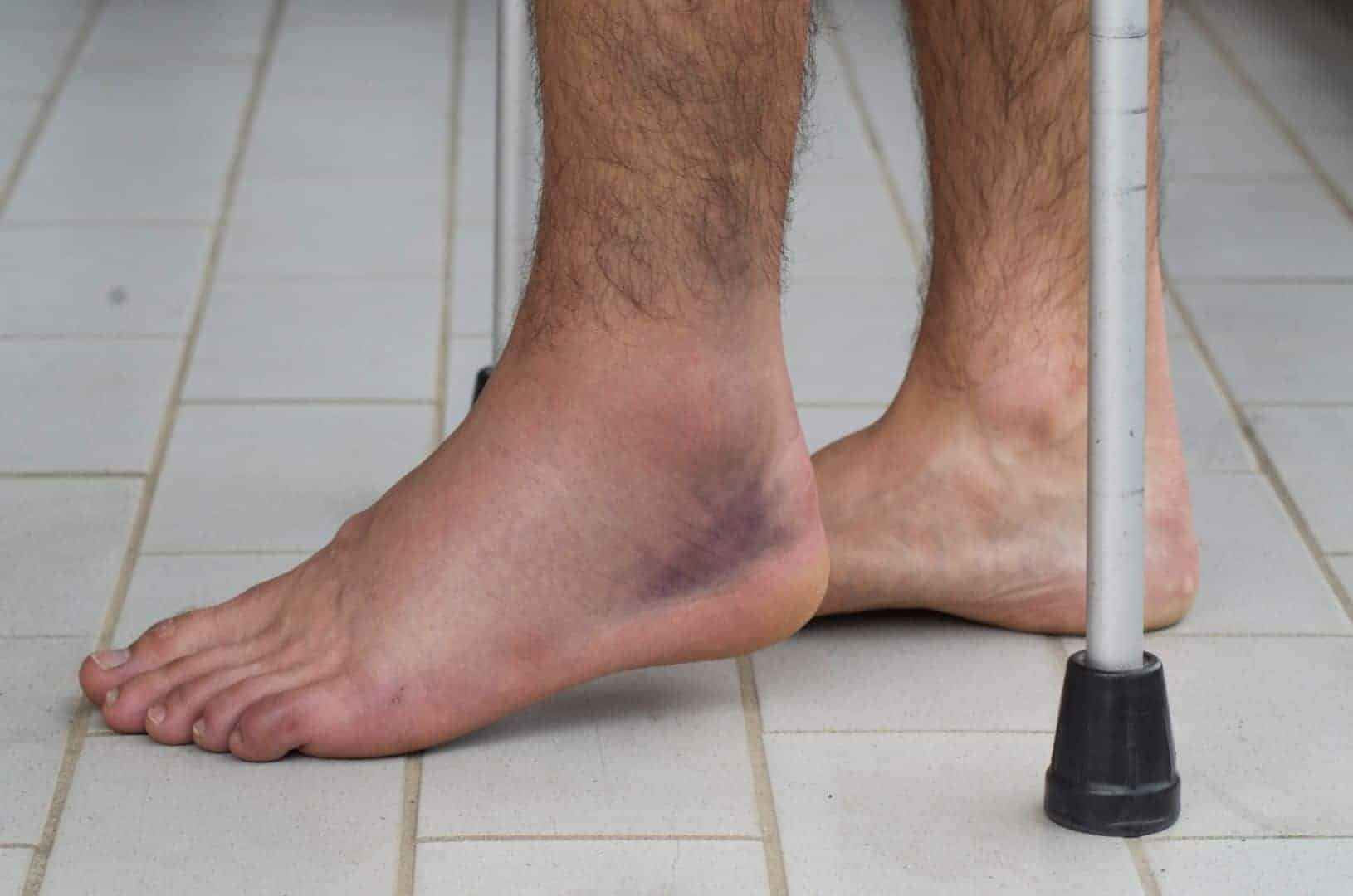
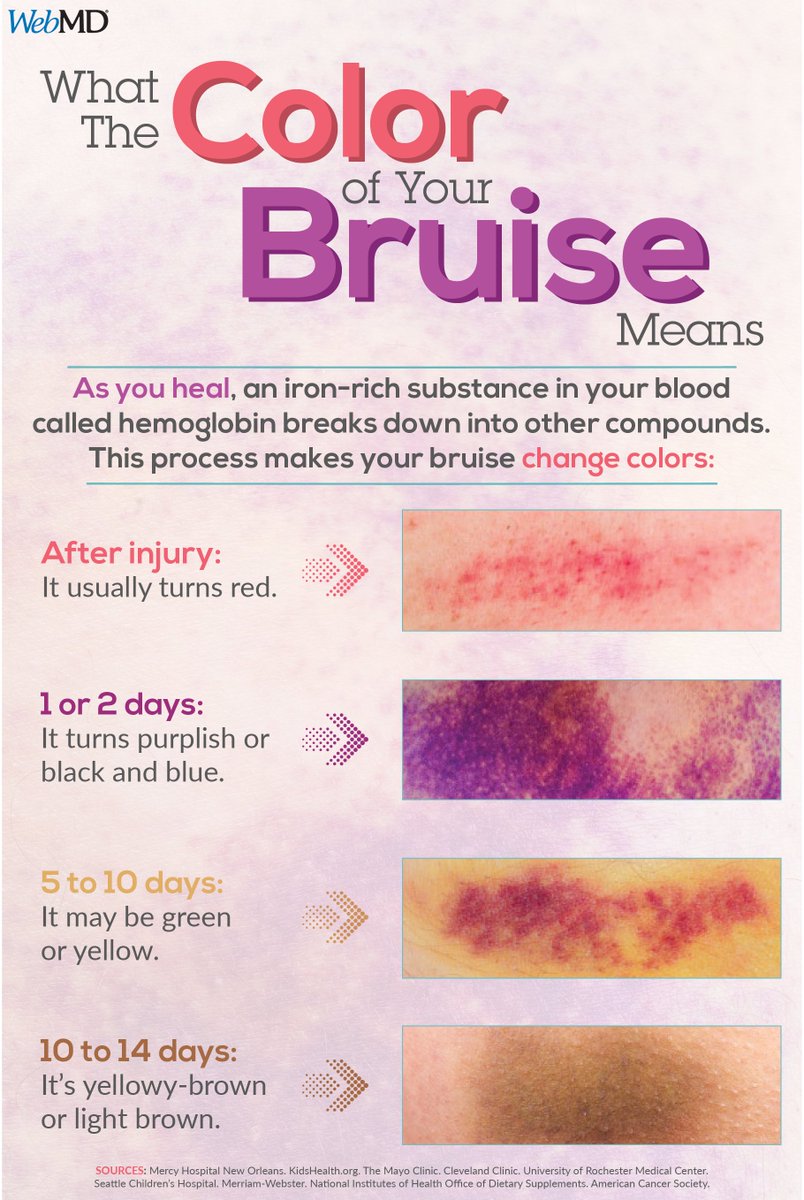

:max_bytes(150000):strip_icc()/Fractured_Ankle-56a2f5155f9b58b7d0cfde0c.jpg)






